can these cuttings graduate now?
greentoe357
10 years ago
Featured Answer
Sort by:Oldest
Comments (16)
greentoe357
10 years agolast modified: 9 years agogreentoe357
10 years agolast modified: 9 years agoRelated Professionals
Wrentham Landscape Architects & Landscape Designers · Canby Landscape Contractors · Doctor Phillips Landscape Contractors · Eureka Landscape Contractors · Galt Landscape Contractors · Hampton Bays Landscape Contractors · Harvey Landscape Contractors · Oak Harbor Landscape Contractors · Ponte Vedra Beach Landscape Contractors · Stallings Landscape Contractors · University City Landscape Contractors · Vancouver Landscape Contractors · Wailuku Landscape Contractors · Brenham Driveway Installation & Maintenance · New Bedford Driveway Installation & Maintenancegreenman28 NorCal 7b/8a
10 years agolast modified: 9 years agopirate_girl
10 years agolast modified: 9 years agogreenman28 NorCal 7b/8a
10 years agolast modified: 9 years agogreentoe357
10 years agolast modified: 9 years agopirate_girl
10 years agolast modified: 9 years agogreentoe357
10 years agolast modified: 9 years agoteisa
10 years agolast modified: 9 years agogreentoe357
10 years agolast modified: 9 years agoteisa
10 years agolast modified: 9 years agogreentoe357
10 years agolast modified: 9 years agogreentoe357
10 years agolast modified: 9 years agogreentoe357
10 years agolast modified: 9 years agoteisa
9 years agolast modified: 9 years ago
Related Stories

KITCHEN DESIGNTrending Now: 25 Kitchen Photos Houzzers Can’t Get Enough Of
Use the kitchens that have been added to the most ideabooks in the last few months to inspire your dream project
Full Story
HOME OFFICESQuiet, Please! How to Cut Noise Pollution at Home
Leaf blowers, trucks or noisy neighbors driving you berserk? These sound-reduction strategies can help you hush things up
Full Story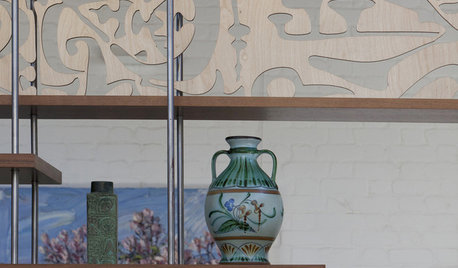
REMODELING GUIDESCutting Edge: Futuristic Laser-Cut Designs
Intricate laser-cut works add dimension and surprise to interior designs
Full Story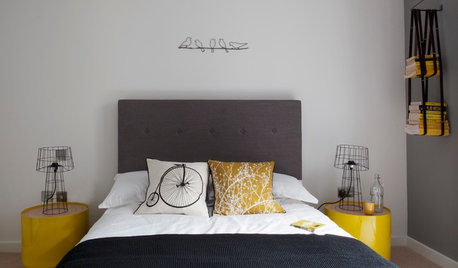
DECORATING GUIDES11 Ways Wirework Can Lighten Up Your Decor
The trend for wirework has seen it graduate from simple storage to furniture and beyond
Full Story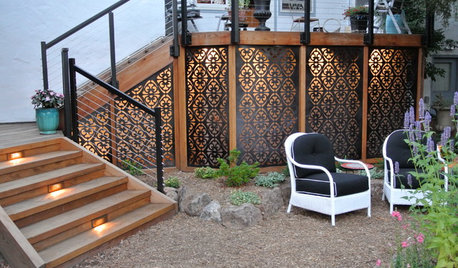
THE ART OF ARCHITECTURELaser-Cut Focus: The Future of Design Is Here
Discover how this laser technology can make almost any pattern a reality
Full Story
HOUZZ TOURSWe Can Dream: Rural Retirement Home a Haven of Beauty and Tranquillity
A retired couple builds a spacious Japanese-inspired indoor-outdoor sanctuary to enjoy with extended family
Full Story
DECORATING GUIDESThe '70s Are Back. Can Ya Dig It?
No need to cringe. These 21 groovy blasts from the past are updated to look fabulous today
Full Story
FUN HOUZZ14 Things You Need to Start Doing Now for Your Spouse’s Sake
You have no idea how annoying your habits at home can be. We’re here to tell you
Full Story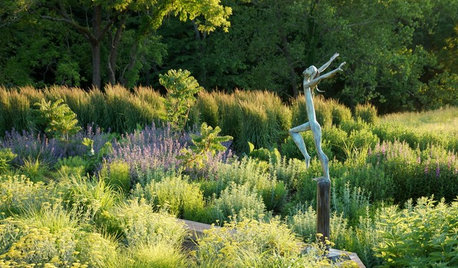
LANDSCAPE DESIGNEnergy Now: Designing a Garden That Gets You Going
Serenity has its place, but a garden that recharges and motivates you can be a beautiful thing
Full Story
CLOSETSSimple Ways to Get Your Closet Organized Right Now
Streamline your clothing storage with strategies you can implement in a weekend
Full StorySponsored


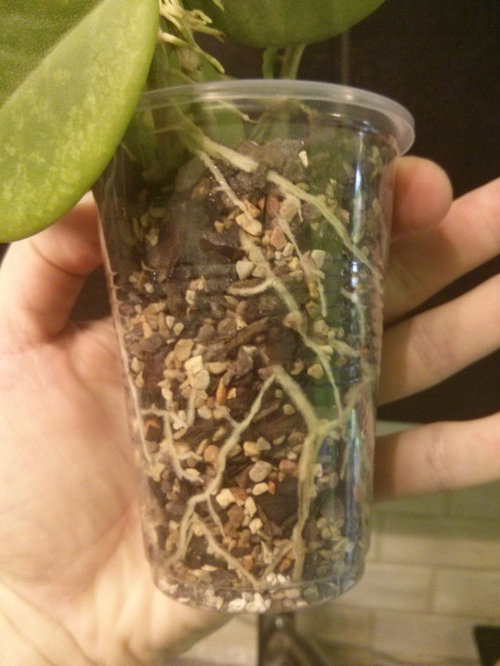
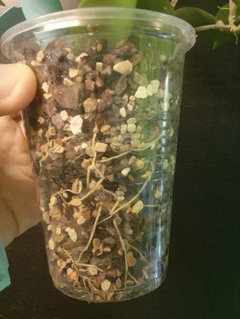


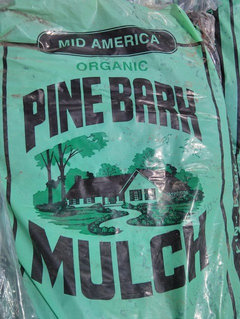
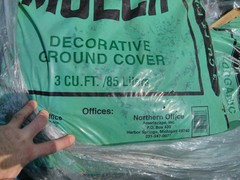

rennfl